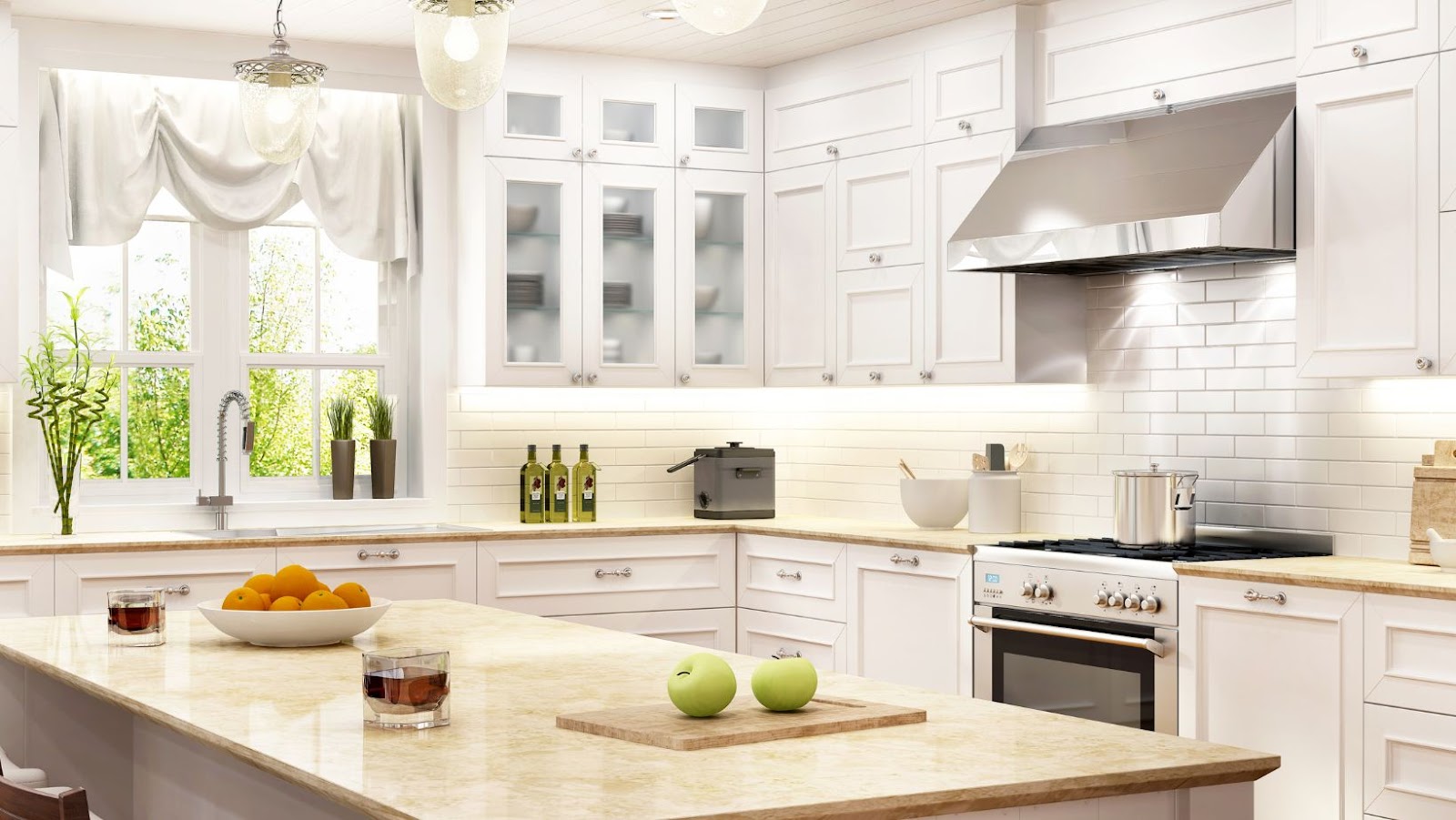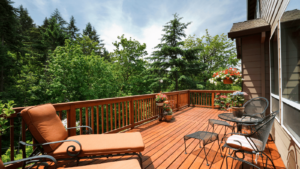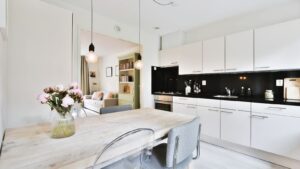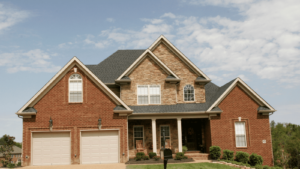What are the Most Popular Colors of Panel Siding?
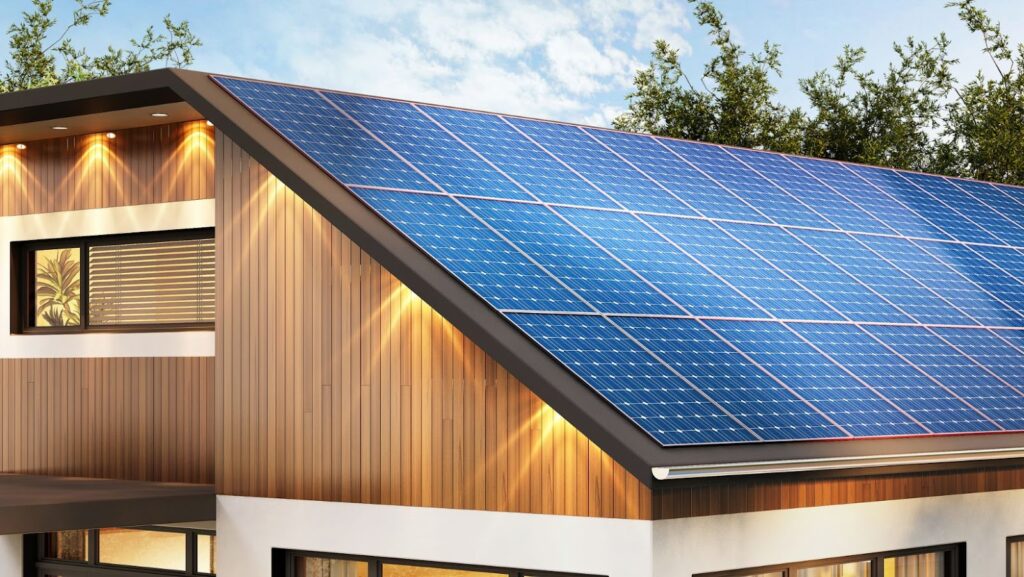
Are you looking to give your home an updated, modern look? Panel siding is a great choice for giving your house a contemporary look.
It comes in various materials and styles, perfect for what you need to create the perfect look for your home. You’ll be amazed at the options available to you!
Introduction to Panel Siding
Panel siding, also known as sheet siding or T1-11, is a type of siding used on modern houses, sheds, and barns. Panel siding is created by gluing thin, exterior-grade sheets of wood together, resulting in a strong and durable panel that can withstand harsh weather conditions.
Common materials used for panel siding include plywood, OSB (oriented strand board), and engineered wood. Panel siding is available in a variety of textures, sizes, and finishes, making it an ideal choice for modern home designs.
However, it’s important to note that panel siding requires regular maintenance, such as cleaning and sealing, to prevent moisture damage and decay. Proper installation of panel siding is also critical to ensure its durability and longevity.
Benefits of Panel Siding
Panel siding is a type of exterior cladding material that is increasingly used in modern house designs. It offers various benefits, such as durability, versatility, and ease of installation.
Here are some of the benefits of panel siding:
1. Durability: Panel siding is known for its high durability and resistance to harsh weather conditions, including wind, rain, and extreme temperatures.
2. Versatility: Panel siding comes in a variety of materials, colors, and textures, which allows homeowners to customize the exterior of their house to their liking.
3. Ease of installation: Panel siding is relatively easy to install, which can save homeowners time and money on installation costs.
4. Low maintenance: Panel siding requires minimal maintenance, making it a practical and cost-effective choice for homeowners.
5. Energy-efficient: Panel siding can help to improve the energy efficiency of a home, reducing energy costs and environmental impact.
Whether you’re building a new home or remodeling an old one, panel siding is a versatile and durable choice that can enhance the aesthetic and functional value of your property.
What is That Panel Siding They Use for Modern Houses
Panel siding is a popular choice for modern houses due to its clean and sleek appearance. There are three main types of panel siding commonly used in residential construction:
Plywood Siding: Made from thin sheets of wood veneer or wood particles, plywood siding is affordable, durable, and can be painted or stained to match the exterior design of your home. However, it is prone to moisture damage and requires regular upkeep.
Fiber Cement Siding: Fiber cement siding is made from a mixture of cement, sand, and wood fibers, making it fire-resistant, pest-resistant, and low-maintenance. It is available in a variety of colors and textures and has a long lifespan.
Engineered Wood Siding: Engineered wood siding is made from wood particles, resin, and wax compressed to create a durable and weather-resistant material. It is easy to install and can mimic the look of natural wood grain. However, it is more expensive than other panel siding options.
Installation of Panel Siding
Panel siding is a popular siding option used for modern houses due to its durability, versatility, and aesthetic appeal. Typically made from engineered wood or fiber cement, panel siding comes in a variety of sizes, styles, and colors, allowing you to choose the best option that matches your home’s design and personal taste.
Here are the steps to follow when installing panel siding on your home:
1. Measure the walls to determine the amount of siding material needed.
2. Install a moisture barrier to protect the walls from water damage and mold growth.
3. Install flashing around doors, windows, and other openings on the walls.
4. Install the starter strip at the bottom of the wall to create an even base for attaching the siding panels.
5. Attach the panel siding to the walls using nails or screws, starting from the bottom and working your way up.

6. Cut the panels as needed to fit around corners, windows, and other obstacles on the walls.
Panel siding installation requires attention to detail, and it’s best to hire a professional to get it correctly installed.
Maintenance of Panel Siding
Panel siding is a modern type of exterior cladding made from composite wood, fiber cement, or engineered wood. It is a durable and stylish choice for homes and requires regular maintenance to keep it looking its best.
To maintain panel siding, follow these tips:
- Inspect the siding annually for damage or signs of wear and tear such as chipping or warping.
- Clean the siding regularly with a garden hose or pressure washer to remove dust, dirt, and debris that may accumulate over time.
- If cleaning with a pressure washer, avoid directing the water stream toward the seams and edges of the siding.
- Repaint or touch up the siding every 5-7 years to maintain its protective coating and extend its lifespan.
- Avoid using abrasive cleaners or chemicals that can damage or fade the siding’s finish.
Pro tip: Regular maintenance of panel siding can help prevent costly repairs and maintain your home’s curb appeal.
Cost of Panel Siding
Panel siding is a popular choice among modern house builders due to its durability, low-maintenance, and sleek appearance. As for the cost, it can vary depending on several factors including the quality of the materials, the size of the project, and whether the installation is done professionally or as a DIY project.
On average, the cost of panel siding can range from $2 to $10 per square foot, not including installation costs. Fiber cement panel siding is the most common type of panel siding, costing around $10 per square foot, while aluminum panel siding is the least expensive option, costing around $2-$3 per square foot.
Proper installation is critical to achieving the look and longevity of your panel siding but can also add to the overall cost. Hiring a professional can cost anywhere from $40 to $70 per hour, depending on location and experience.
It’s recommended to get an estimate from a few different contractors to compare prices and ensure you’re getting a fair deal.
Durability of Panel Siding
Panel siding has become increasingly popular due to its modern and sleek look, as well as its durability and longevity.
Made from engineered wood or fiber cement, panel siding is resistant to weather, pests, and rot, making it an excellent choice for houses in all climates.
Additionally, panel siding can be made in a variety of textures and finishes, from smooth to wood grain, and can be painted in any color to match your home’s aesthetic.
Its durability also means that it requires minimal upkeep and can last for many years. From contemporary to traditional houses, panel siding is an excellent choice for any home renovation or new build project.
Alternatives to Panel Siding
Panel siding, also known as sheet siding, is a popular choice for modern homes due to its clean and minimalistic appearance. However, there are several alternatives to panel siding that homeowners can consider to achieve a similar look and feel.
Some of the most popular alternatives include:
Board and Batten Siding: This type of siding features vertical boards with narrow battens covering the seams between them. It provides a rustic and classic aesthetic that complements modern homes.
Stucco Siding: Stucco is a popular exterior siding material that is durable, low-maintenance, and can be customized to different colors and textures.

Brick Veneer Siding: This siding option features thin layers of real brick that are attached to a wooden frame. It provides the same sleek and modern feel as panel siding but with extra durability and insulation.
Metal Cladding: Metal cladding includes materials like steel, aluminum, and copper. These materials offer a sleek, modern, and industrial look that is maintenance-free and durable.
Homeowners can explore these options and choose one that best fits their style, budget, and maintenance preferences.


